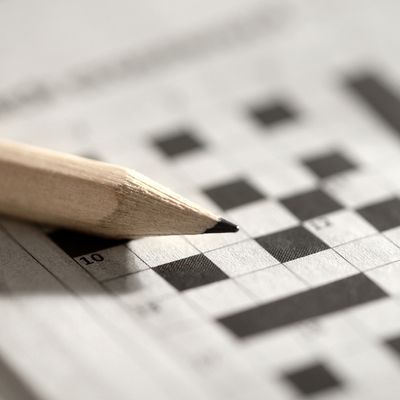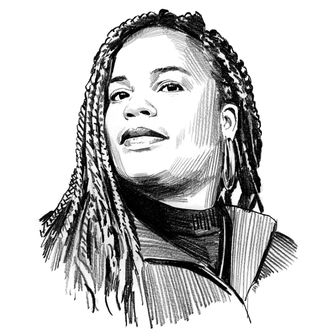
Anna Shechtman — an assistant to New York Times crossword editor Will Shortz and a puzzle aficionado — attended the annual American Crossword Puzzle Tournament and wrote a great essay for The American Reader about crosswords and gender. She wasn’t surprised to find that crossword culture was male-dominated (especially after Will Shortz vetoed “male gaze” as a puzzle solution), but she was surprised to find out to what extent:
The gender disparity in crosswords has steadily worsened in the past two decades. Under the two editors before Shortz—Will Weng (1969–1977) and Eugene Maleska (1977–1993)—women constructed 35% of all puzzles, and in the reigning “Shortz era,” women account for 19% of all puzzles. Moreover, most of the female-made grids in Shortz’s time have appeared on Mondays or Tuesdays, the week’s easiest puzzles according to the Times’ sliding difficulty scale (the “M-T ghetto,” as they have been crassly called by one puzzle blogger). It’s actually quite difficult to construct an “easy” but engaging Monday or Tuesday grid, but that women appear to be ghettoized in the early, less glamorous days of the week is no doubt troubling.
In doing further research, though, Shechtman found that while those stats were true — there were significantly fewer female “constructors” today — they weren’t necessarily indicative of a negative trend. Two separate female crossword editors attributed the decline in female bylines to an increase in women in the workplace. “Women who were constructing in the ’50s and ’60s were doing it to keep their brains alive while home with the kids,” one editor told Shectman.
Now working women, who still have to balance childcare and housekeeping duties, are too busy making dollars to make crossword puzzles — which doesn’t exactly explain the ongoing crossword dominance of men, but it does show that gender gaps aren’t always as simple as they appear.





